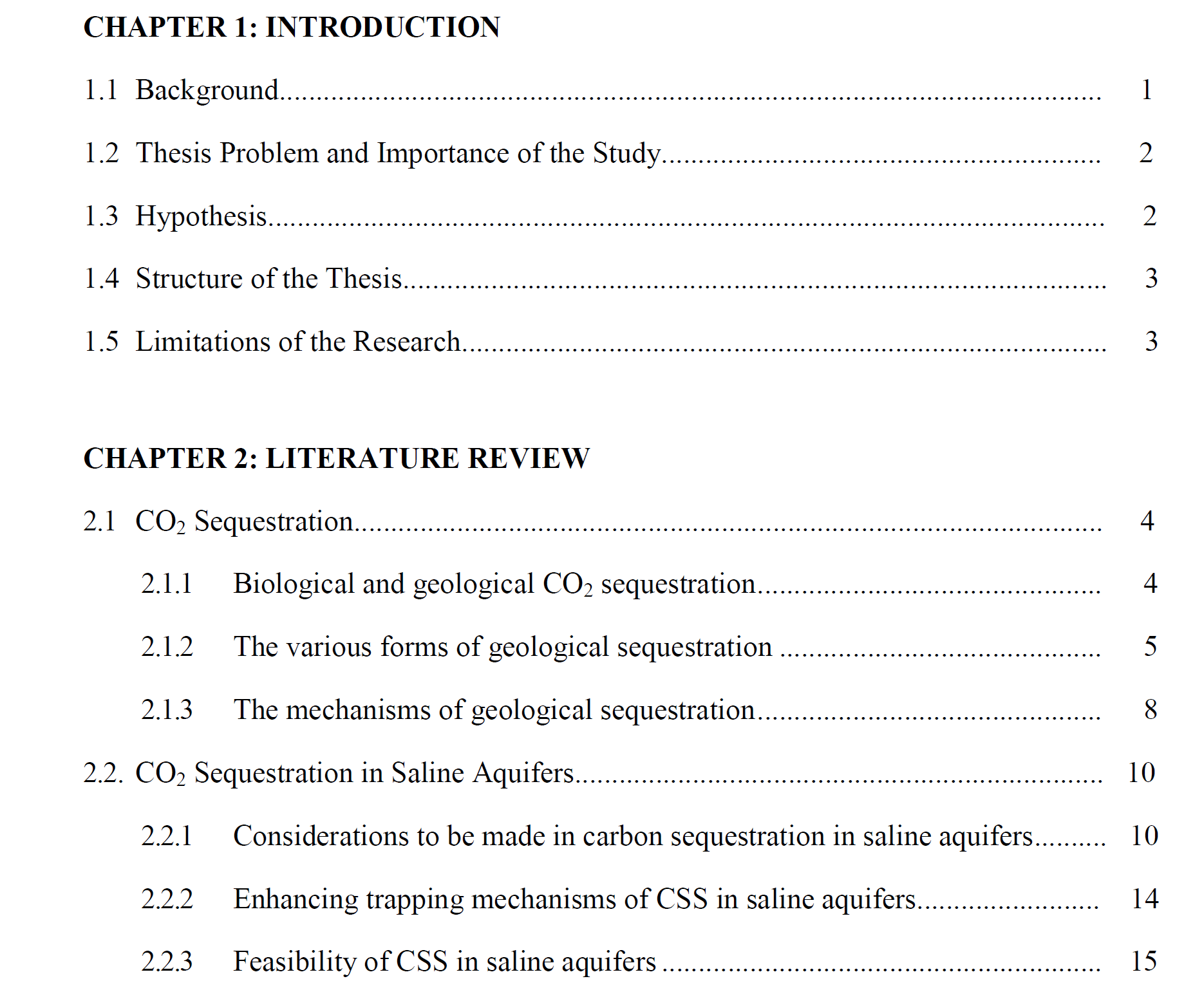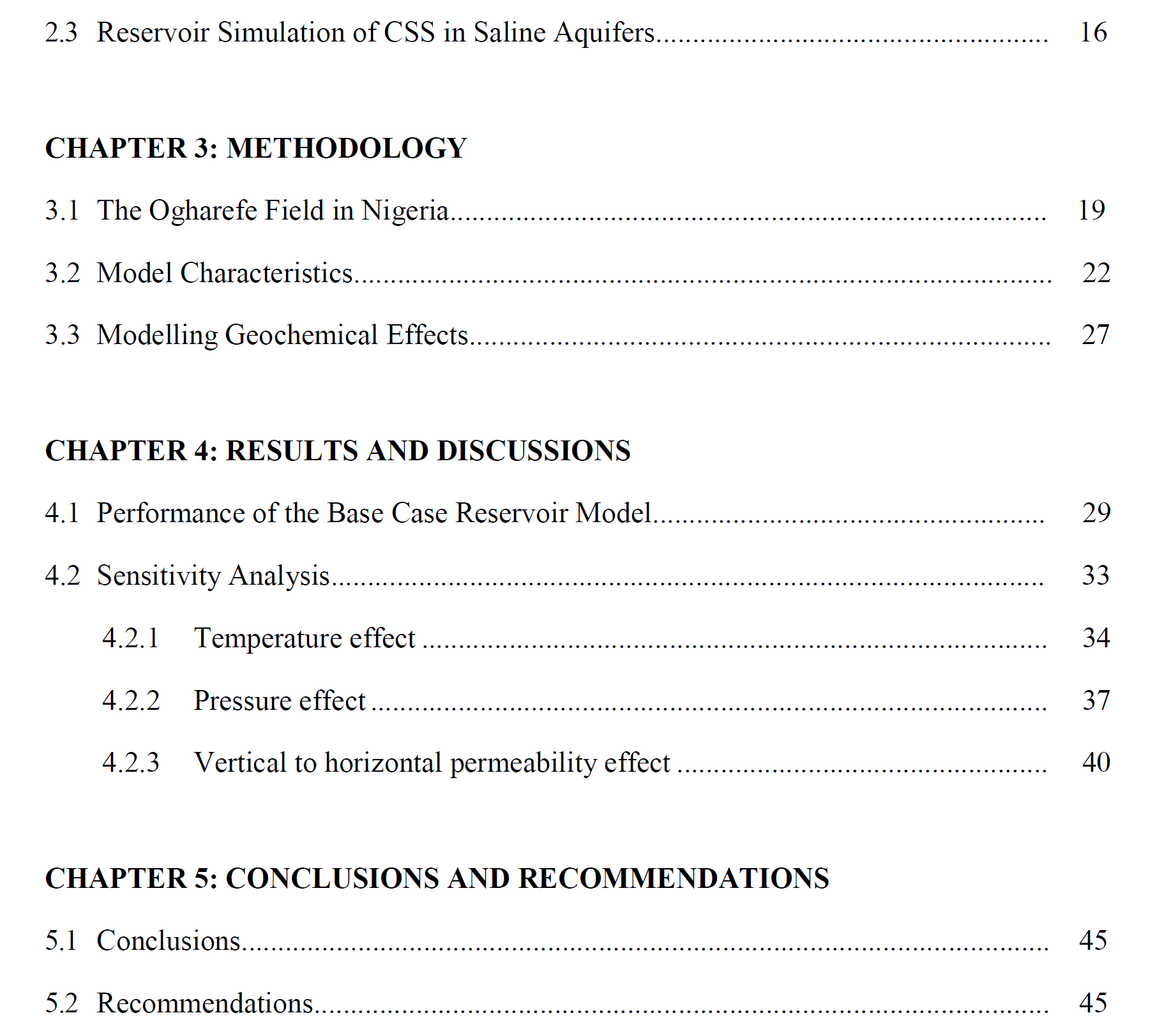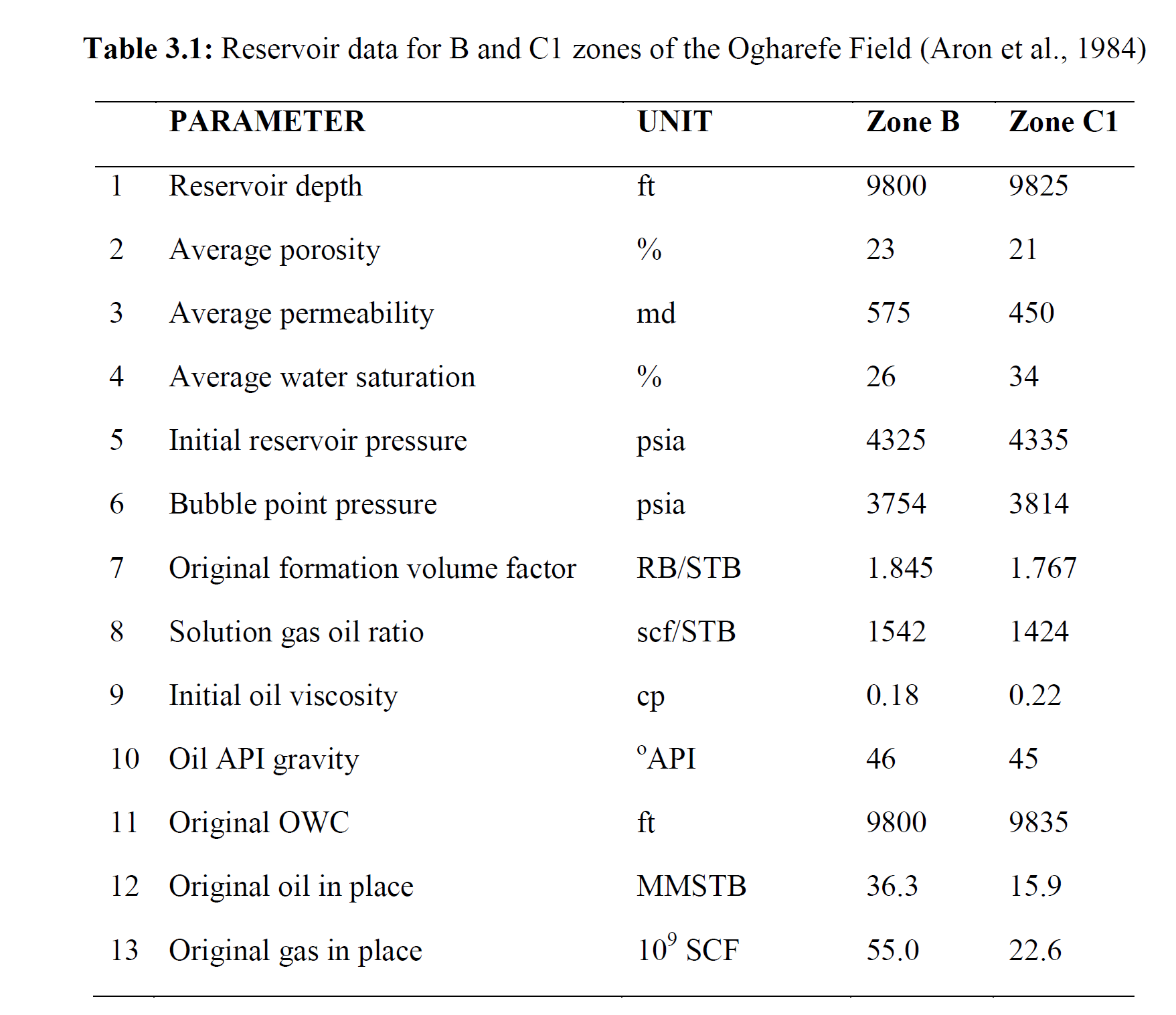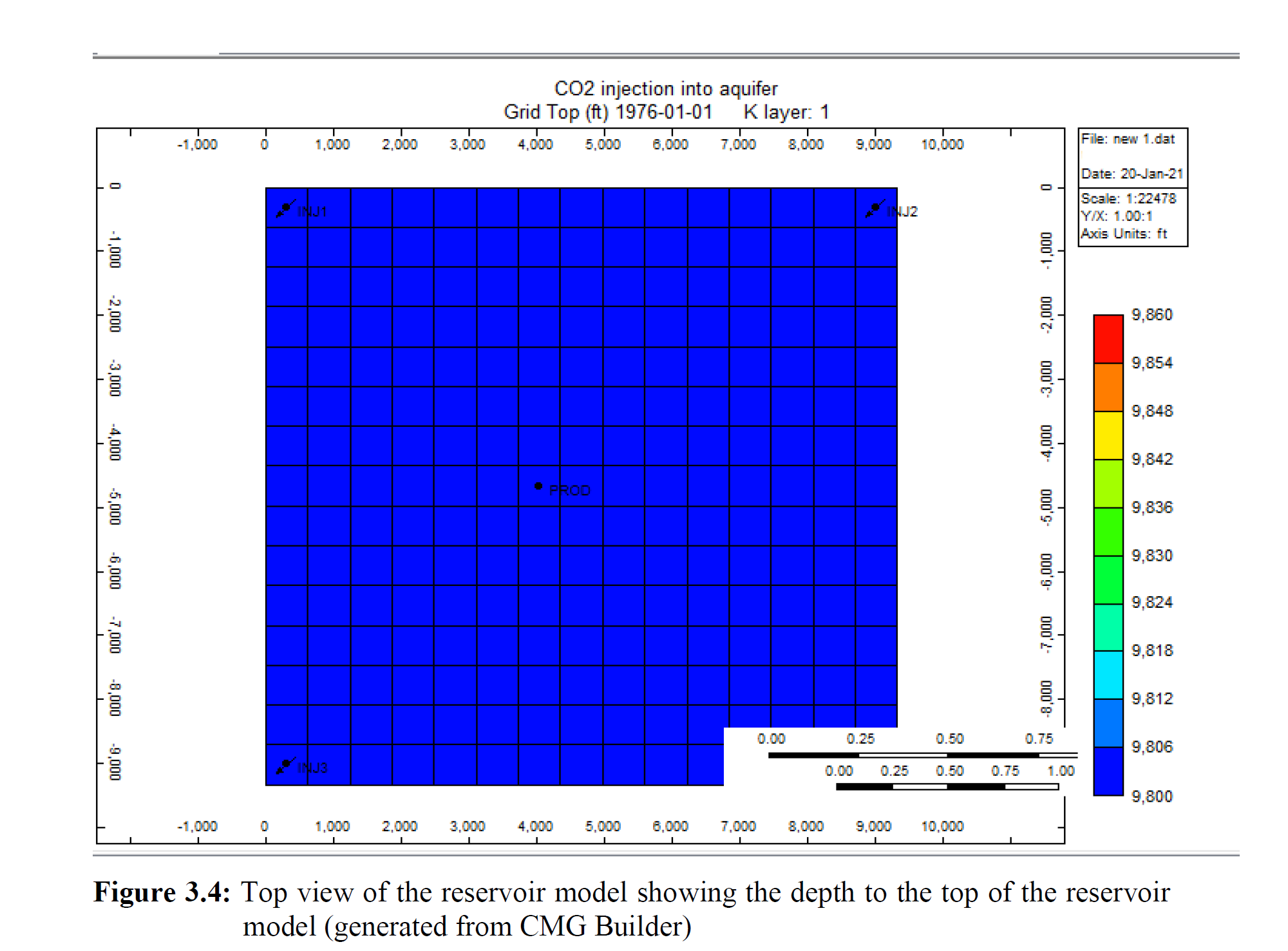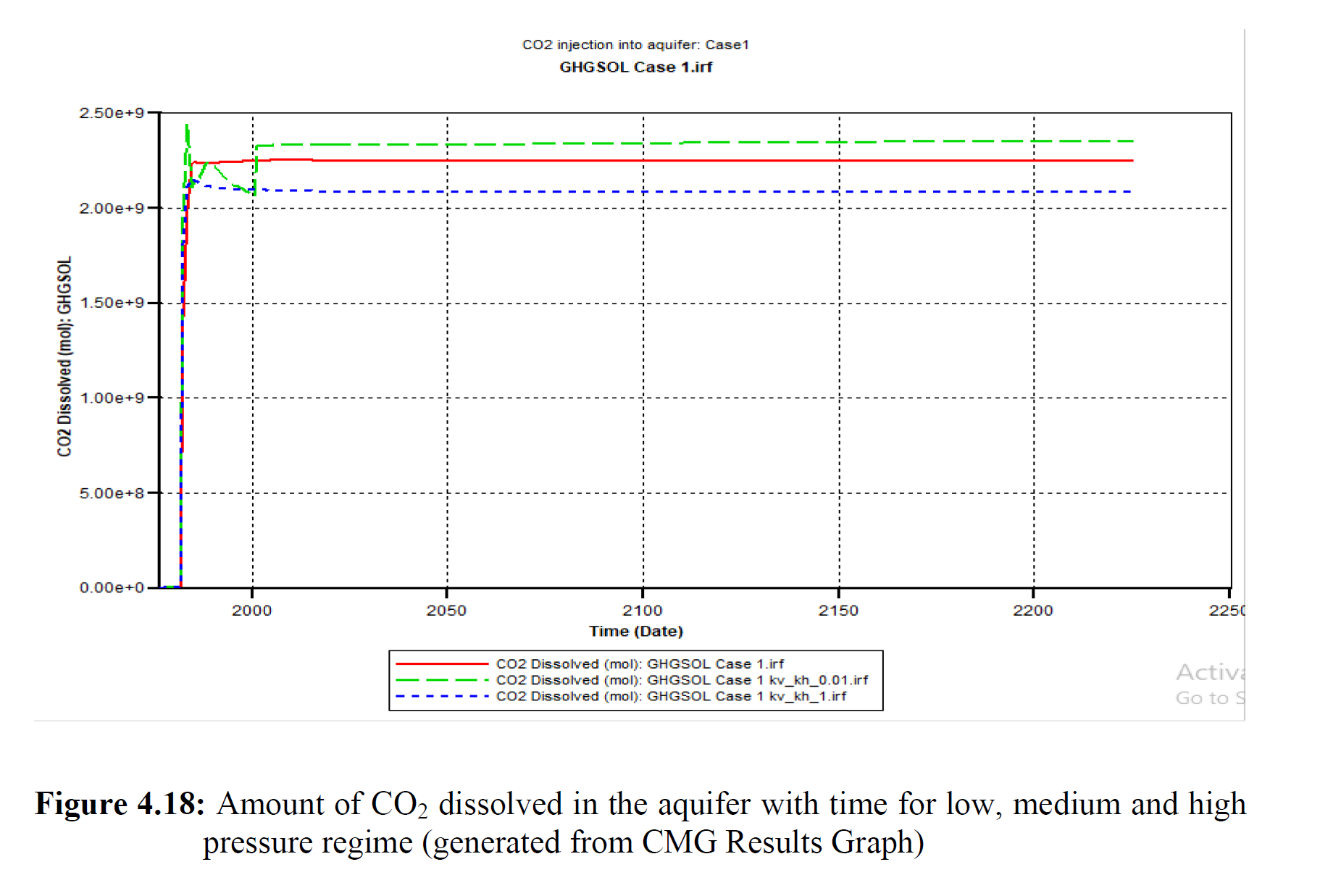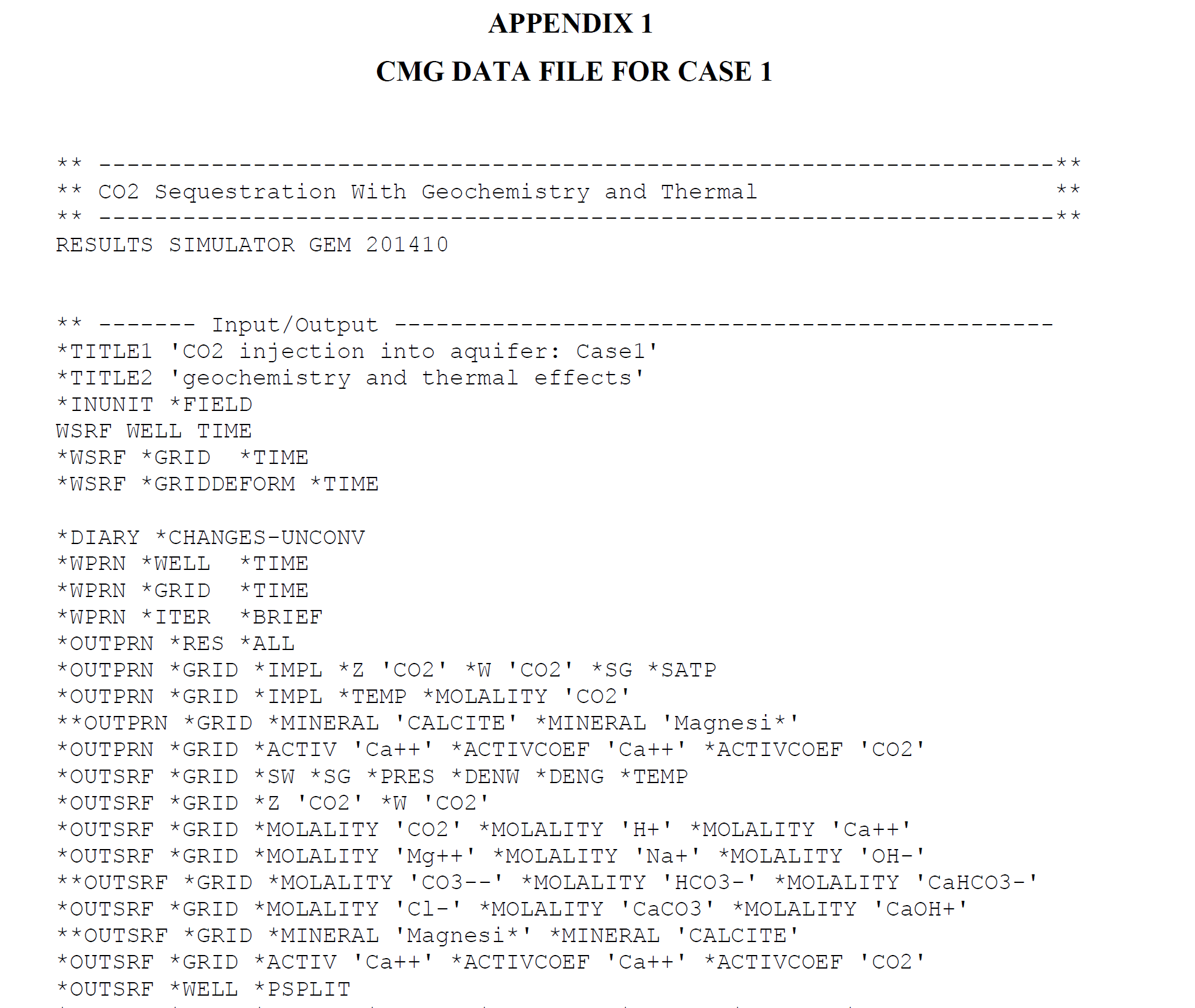NUMERICAL INVESTIGATION OF THE EFFECT OF CARBON SEQUESTRATION IN THE WATER ZONE OF A HYDROCARBON RESERVOIR
ABSTRACT
Increasing amounts of greenhouse gases in the atmosphere calls for more methods of carbon sequestration to be implemented. Many forms of geological carbon sequestration exist including injecting carbon dioxide into mature hydrocarbon reservoirs, oil and shale reservoirs, coalbeds that cannot be developed economically and in the aquifers of hydrocarbon reservoirs.
In this thesis, the sequestration of carbon into the water zone (also commonly referred to as an aquifer) of a hydrocarbon reservoir was analyzed. A reservoir model of the Ogharefe reservoir in Nigeria was created and run on CMG GEM (compositional simulation). Using this model, the possibility of injecting CO2 into the Ogharefe aquifer for sequestration was investigated. In addition to the sequestration, this thesis examined the possibility of additional incremental oil production as a result of this sequestration and the effect of temperature, pressure and permeability anisotropy on the success of this project. Finally, the fate of the carbon dioxide 225 years after the injection process was analyzed.
The results of this study showed that 39.36 Bcf of carbon dioxide could be sequestered in the Ogharefe aquifer and that this sequestration process could lead to incremental reservoir production. It was also seen that temperature and pressure had a directly proportional relationship to oil production while permeability anisotropy had an inversely proportional relationship to oil production.
Keywords:
Carbon sequestration; Ogharefe field; CMG GEM; carbon injection into hydrocarbon aquifers; numerical simulation
土耳其近东大学
